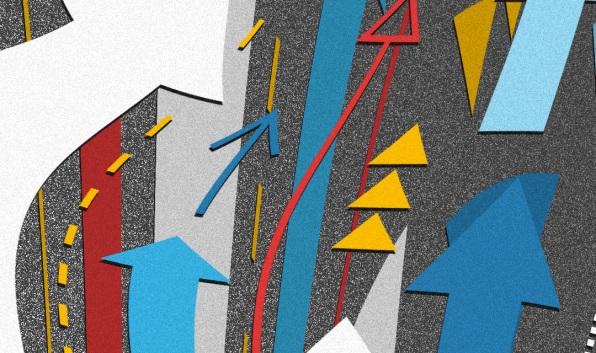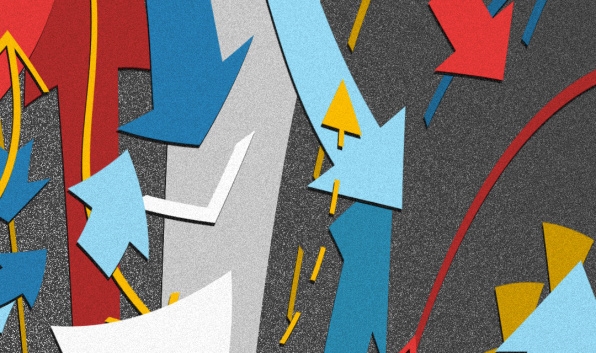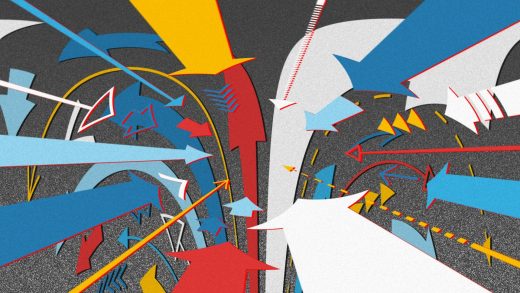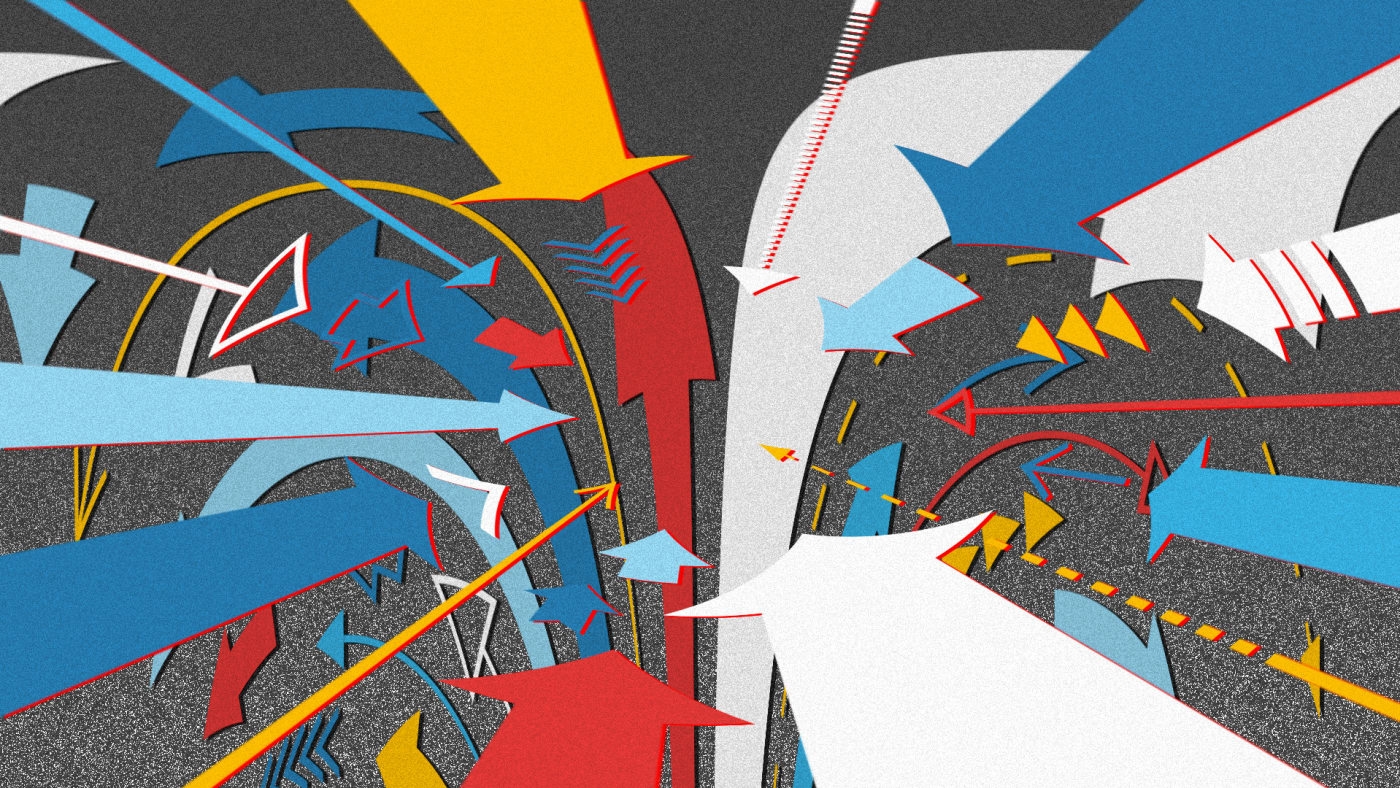These charity experiments successfully nudge people to give more
More Americans feel like people should be acting at least twice as charitably as they really do. While most of us feel like people should be giving around 6% of their annual income to charity, the typical person actually gives about half that—only 3% overall. The gap between ambition and action leaves behind a huge sum of potential donations: about $291 billion.
Nonprofit behavioral design firm Ideas42 hopes to fix that. After discovering the discrepancy through its own research in 2016, the organization began experimenting with ways to change it. The result, which was achieved with backing from the Gates Foundation, is a newly released report entitled Best of Intentions. It reads like a theoretical generosity-inspiring playbook, chronicling the findings from several experiments that have nudged people toward auditing their own behavior and then acting more altruistically.

“We think there [are] ways to help people be not only more generous but more intentional and informed about their giving,” says Omar Parbhoo, a VP at Ideas42, and co-author of the report. “Because at the end of the day people want to maximize the impact they’re having, so dollars help but choosing well is also just as crucial.”
The group decided to focus not on solicitations from individual charities, many of which use their own gimmicks to drive emotional responses, but on the underlying architecture that surrounds the giving experience: platforms where people go to make donations, research charities, or view an overall summary of their contributions.
In one case, the group worked with Bright Funds, a workplace donation platform, to create a goal-setting tool and progress tracker on its giving homepage. The widget appeared six weeks before the end of the holiday season. Users could select what percentage of their income they wanted to donate and then enter an annual salary range to see the dollar amount they’d need to give, which they could then lock-in or modify. The experience included a message about what donors typically think people should give because that’s the sort of bar-setting that in other tests has been shown to nudge people toward acting more ambitiously.

Whenever users visited their account page, they’d see the balance remaining to meet that goal. (At one point, the team also sent an email reminder with dollars-given and distance-to-go figures.) In a controlled test of over 18,000 total account members, the setup led to a 7% increase among donors who were already giving regularly, and nearly 18% increase among those who hadn’t started. “We really see people changing behavior when they take a broader picture of their giving,” Parbhoo says.
In another instance, Ideas42 created a different sort of score sheet, which it distributed to the clients of a large (and anonymous) donor-advised fund firm. DAFs are a type of philanthropic investment vehicle that has drawn scrutiny because donors can contribute money for an immediate tax benefit, but then wait years to distribute that money to cause groups. “We ended up sending out a year in review [email] of their activity at the end of November saying, ‘This is the amount you’ve contributed to your account, this is the amount you’ve granted out, this is the number of grants you made,” Parbhoo says. The message also alerted people that they’d get another update after the New Year, a tactic that provides a timely cue for anyone disappointed by their current habits shift that behavior shift not only before the end of the year but in advance of an impending review.
For those who received the prompt, contributions rose 12% more than for those who didn’t. Ideas42 didn’t share data on what the overall effect was on grantmaking behavior (the industry standard is that about 20% of what goes in currently gets redistributed) but among the smaller account holders there was an obviously large effect: Their contributions rose 63%, while the money they granted rose 55% compared to those who didn’t get these notifications.
Another hurdle along what Parbhoo calls the “the donor journey” is that people tend to form opinions about where to give and aren’t always open to new guidance, even if can lead to more efficient or effective contributions. In a third experiment, Ideas42 found that finding the right expert to present a short, curated list of options might change things, although the effect varies based on where who the person is and where the list gets presented.

To document that, as the report notes, the group tapped Intentional Futures, a progressive consultancy, recruit top philanthropists and recognizable cause funders willing to create a so-called “GiveList” of between three to eight groups working in areas they knew well (say Ted Turner on conservation or the Gates Foundation on water sanitation and hygiene groups).
These were displayed on a couple DAF sites, a workplace giving homepage, and on the nonprofit evaluator Charity Navigator. While the results varied, ultimately folks on Charity Navigator who saw a curated list versus non-curated one ended up donating twice as much as those who didn’t. Parbhoo things the technique creates a “signal of quality” that allows people to put aside fears that their money might be wasted and perhaps want to give even more.
None of these tweaks is meant to block people’s inclination to give immediately to something urgent that arises, say a natural disaster or unexpected tragic event. “What we’re trying to do here is be something that is additive and complementary, so please give when your heartstrings are tugged, but also make sure that you are thinking through what outcomes you want to reach in your philanthropy and ensure that you’re doing that as well,” he says.
Parbhoo hopes that eventually the act of giving more and more mindfully might generate the sort of positive results that can be its own incentive, but there’s still a lot more to learn. “At the moment, we’re still focusing on closing that gap.”
(18)



